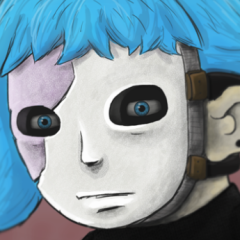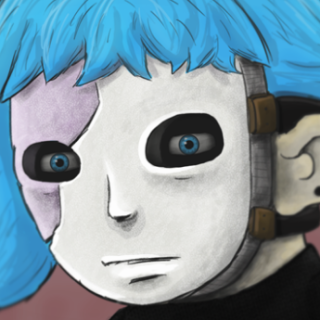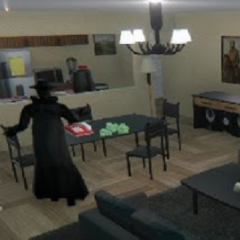Sally Face is a story-driven adventure game that places the player in the role of Sal Fisher, a boy with a prosthetic face who navigates a complex web of mystery, grief, and the supernatural. The narrative unfolds through Sal’s eyes as he moves into a new apartment complex with his father, shortly after a traumatic event. As he adjusts to his new surroundings, Sal discovers that the building hides more than just eccentric neighbors—there are hidden layers of darkness and truth beneath the surface.
Exploration Through Memory And Mystery
The gameplay centers around solving puzzles, speaking with characters, and piecing together information through fragmented memories. Sally Face doesn’t rely on fast action or reflexes. Instead, it encourages players to carefully explore their environment and examine the emotional undertones of each scene. The story is told across multiple episodes, each adding new dimensions to the world and further revealing details about Sal’s past and the people around him. The game gradually shifts from grounded drama to increasingly disturbing themes, all while maintaining a consistent emotional weight.
Key Elements That Define The Experience
A major part of what makes Sally Face stand out is how it blends genres and moods into a unified experience. Here are some defining aspects of the game:
· Deeply personal storytelling with emotional themes
· Episodic structure that builds suspense and character development
· Point-and-click mechanics with layered puzzles
· Visuals that contrast simple cartoon style with unsettling imagery
· Strong focus on relationships and how trauma affects behavior
These elements combine to create an environment where every interaction feels purposeful. Conversations often contain hidden clues or subtext that contributes to the larger narrative, and small details in the environment can later become central to solving puzzles.
Themes Of Loss, Identity, And Fear
The emotional tone of the game is one of its strongest features. Sally Face deals with topics such as death, mental illness, isolation, and identity. The narrative explores how he and his friends cope with tragedy and uncertainty, building a sense of empathy for the characters. These themes are delivered subtly, often requiring the player to reflect on events rather than being given explicit explanations.
The episodic structure allows for slow, careful storytelling, with each chapter expanding the scope and revealing deeper truths. While the art style may appear simple at first glance, it is used effectively to emphasize mood and contrast moments of calm with scenes of horror. Sally Face maintains a steady tone throughout, never straying far from its core emotional focus, and uses mystery for suspense, and as a tool to examine human complexity. It is a game that leaves a lasting impression, not because of spectacle, but because of how deeply it engages with the experience of being human.




























